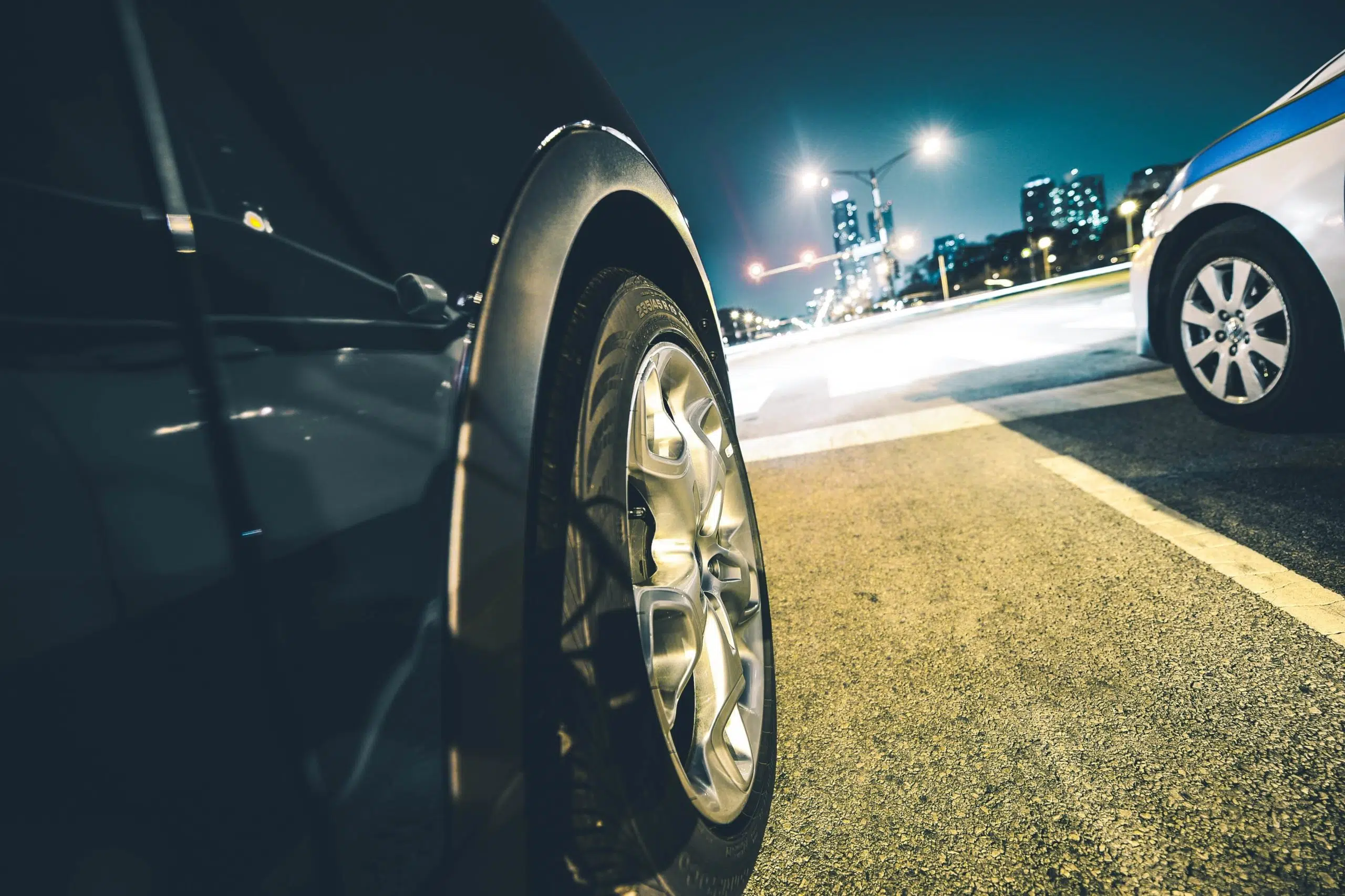- September 22, 2020
- Perspectives
Fast and Fatal — Responding to Illegal Street Racing and Stunt Driving
Three Steps to Reduce Dangerous Driving


Jamie Mateyak, EIT
Transportation Analyst
While many communities have experienced street racing problems for the past several years, the issue has become more prevalent during the COVID-19 pandemic. With social distancing and many people working from home, traffic congestion on roads has decreased. The reduced congestion has allowed normally crowded roads to become the perfect runways for street racers and stunt drivers.
As cities across the U.S. encounter this problem, they all have the same question: How do you stop street racing and stunt driving? The answer to curtailing this growing, dangerous trend lies in three steps: prevention, enforcement, and community involvement.
1. Street Racing Prevention
The obvious way to deter street racing is to make it difficult to speed. Speed humps, barricades, and dynamic message signs can be used to control and inform racers by modifying the streets that are often used for racing. Pavement markings such as four-inch thermoplastic can be spaced approximately one foot apart to cause a slight vibration, leading to poor handling of high-speed vehicles and discouraging speeding.
Introducing pedestrian recalls at traffic signals on roadways with low volumes also deters street racing. By replacing coordinated operation signals with automatic pedestrian recall signals, an infinite green band is eliminated. Kimley-Horn’s Integrated Transportation System software (KITS) can be employed to adjust signal coordination. KITS integrates arterial control functionality with a wide variety of existing intelligent transportation system (ITS) devices and analysis tools, making it a useful tool for managing signal timing in an effort to prevent street racing.
In addition to traditional signal and freeway device support, KITS incorporates the latest technologies for Advanced Traffic Management Systems, including transit priority integration, congestion management, and multiple protocol support. As a speed deterrent, KITS is capable of detecting speeding vehicles and coordinating signals further down the corridor to red, forcing the drivers to travel one block at a time.
2. Creative Enforcement
The rise of illegal street racing and stunt driving has led municipalities and law enforcement agencies to develop creative approaches to combat the trend. Speed cameras do little to discourage high speeds if the fines are not cost prohibitive. States such as California and Texas have enacted harsher penalties, including fines ranging from $350-$4,000 for drivers and passengers, jail time, vehicle impoundment, and/or license suspension.
The majority of people who die as a result of street racing accidents are not the drivers. According to one report, 47% of fatalities were suspected drivers. The other 53% included passengers, uninvolved drivers, pedestrians, and spectators. Many cities, such as Reno, NV, have passed laws prohibiting spectators and organizers of the street racing events. Violators within 200 feet of an event run the risk of being fined up to $1,000 and being charged with a misdemeanor. In many cases, if a crowd does not gather, the event will not occur.
In addition, unmarked police vehicles, plainclothes officers, and video equipment may be used covertly when enforcement agencies are aware of when and where a race or show will occur. Then, pre-race intervention can occur to close off access to race areas, fine the participants, and stop the event before it starts.

3. Community Involvement
The cornerstone of safer communities is partnering with the affected community members. Recently, the World Wide Technology Raceway in Madison, IL began hosting legal street races in response to increased street racing in nearby St. Louis, MO. Vehicles must be street legal, undergo an on-site safety inspection, and be driven by a licensed driver.
Social media is a strong tool in the fight against street racing and stunt driving. Social media platforms like Nextdoor, Facebook, and X provide outlets for community members to notify each other and enforcement agencies of racing activities. Street racing and stunt driving have garnered interest from cable television networks, which have developed reality shows that glorify and sponsor races. Community members may choose to boycott these networks and their sponsors, which could lead to funding cuts and a reduction in races.
A multipronged approach is needed to slow down the fast and the furious. Eliminating street racing and stunt driving is not a simple problem to solve. The identified methods have been tried with varying levels of success—a combination of approaches appears to have the biggest impact. Working together, municipalities, enforcement agencies, the community, and even race participants can achieve implementable solutions.
About the Author

Jamie Mateyak, EIT
Jamie Mateyak, EIT, is a transportation analyst in Kimley-Horn’s Memphis, TN office. She specializes in traffic signal design, operations, and data collection. She has been involved in a variety of projects related to ITS planning and design as well as coordination signal timing. Jamie's experience includes incident management, ITS operations, and strategic deployment plan projects.
